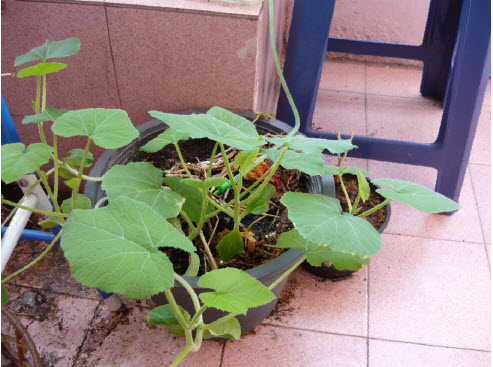To obtain quality plants, start with good quality seed from a reliable dealer. Select varieties to provide the size, color, and habit of growth desired. Choose varieties adapted to your area which will reach maturity before an early frost. Many new vegetable and flower varieties are hybrids, which cost a little more than open pollinated types. However, hybrid plants usually have more vigor, more uniformity, and better production than nonhybrids and sometimes have specific disease resistance or other unique cultural characteristics.
Although some seeds will keep for several years if stored properly, it is advisable to purchase only enough seed for the current year's use. Good seed will not contain seed of any other crop, weeds, or other debris. Printing on the seed packet usually indicates essential information about the variety, the year for which the seeds were packaged, germination percentage you may typically expect, and notes of any chemical seed treatment. If seeds are obtained well in advance of the actual sowing date or are stored surplus seeds, keep them in a cool, dry place. Laminated foil packets help ensure dry storage. Paper packets are best kept in tightly closed containers and maintained around 40°F in a low humidity environment.
Some gardeners save seed from their own gardens; however, if such seed are the result of random pollination by insects or other natural agents, they may not produce plants typical of the parents. This is especially true of the many hybrid varieties. Most seed companies take great care in handling seeds properly. Generally, do not expect more than 65 to 80% of the seeds to germinate. From those germinating, expect about 60 to 75% to produce satisfactory, vigorous, sturdy seedlings.
Planted in the pot picture

